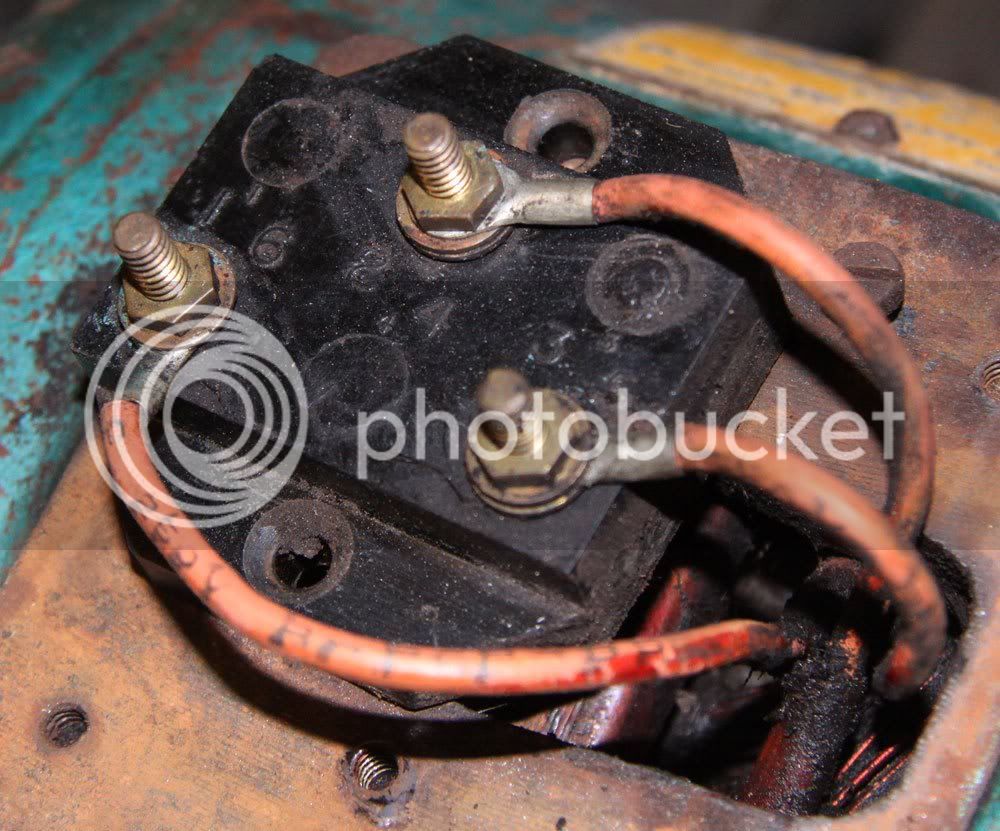tool613
Established Member
there is a question over at OWWM that does not seem to be getting an answer. I thought that because you guys have lots of delta motors you could enlighten us.
http://owwm.org/viewtopic.php?f=82&t=96065
"A friend of mine recently sent me an email with a question about a motor upgrade he is planning. I couldn't help him so I thought I'd pose the question here:
I recently fitted a VSD (single phase 240 V to 3 phase 240) to run a 3 phase 1/2 HP motor on my metal work lathe and it works great. I am so excited by this I have gone out and bought an ancient 1HP 3 phase motor and am thinking of replacing my single phase 1HP on my drill press with it.
The problem I have is the VSD required a star or "Y" motor wiring and I cannot determine whether my motor is Y or Delta wired. All I have access to is the 3 terminals on the terminal block for the 3 phase wiring. I have managed to open the motor up, but the inside is a tangle of wires and I cannot see what is going where. The resistance is 19.2 ohms between all three contacts and there is no measurable resistance to the casing so the coils appear to be OK.
How do we tell if it is Y or Delta wired??"
jack
http://owwm.org/viewtopic.php?f=82&t=96065
"A friend of mine recently sent me an email with a question about a motor upgrade he is planning. I couldn't help him so I thought I'd pose the question here:
I recently fitted a VSD (single phase 240 V to 3 phase 240) to run a 3 phase 1/2 HP motor on my metal work lathe and it works great. I am so excited by this I have gone out and bought an ancient 1HP 3 phase motor and am thinking of replacing my single phase 1HP on my drill press with it.
The problem I have is the VSD required a star or "Y" motor wiring and I cannot determine whether my motor is Y or Delta wired. All I have access to is the 3 terminals on the terminal block for the 3 phase wiring. I have managed to open the motor up, but the inside is a tangle of wires and I cannot see what is going where. The resistance is 19.2 ohms between all three contacts and there is no measurable resistance to the casing so the coils appear to be OK.
How do we tell if it is Y or Delta wired??"
jack





